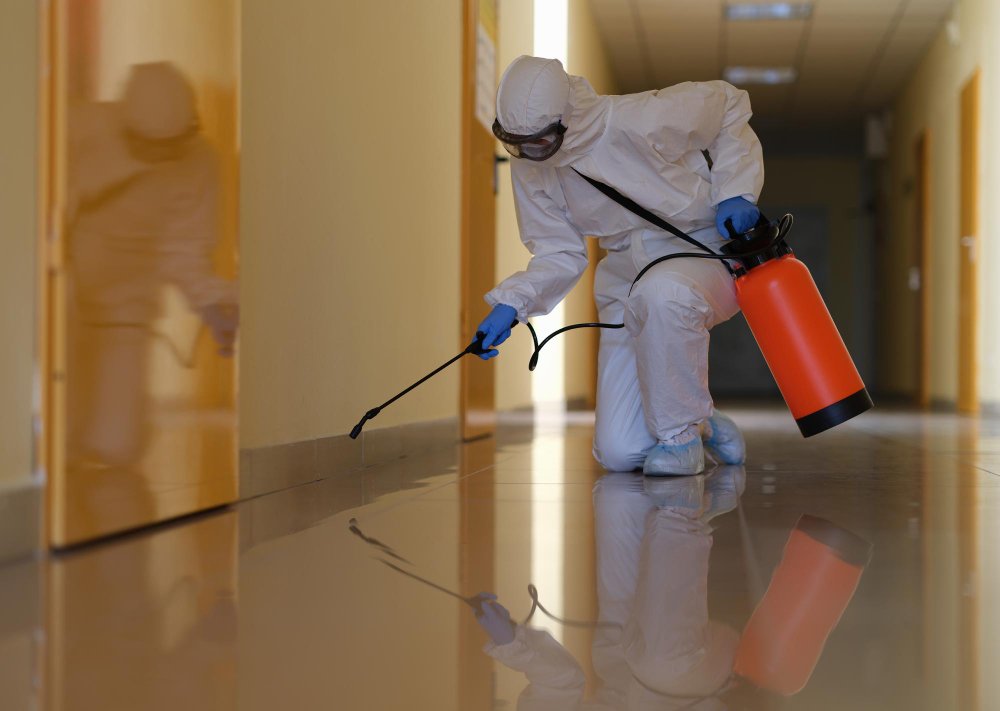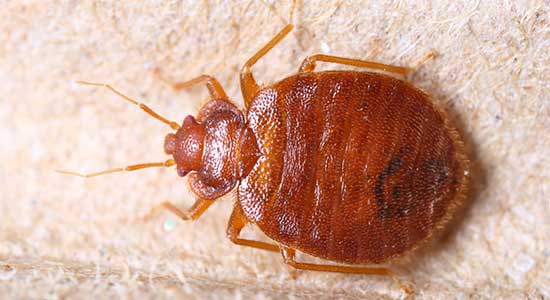Obtain Enlightened Concerning the Sorts Of Pest Control Methods and Their Advantages for Homeowners
Comprehending the various parasite control techniques available to homeowners is necessary for efficient pest administration. Property owners that are well-informed can make critical options that not only address parasite problems but likewise enhance the general quality of their living atmosphere.
Chemical Pest Control Techniques
Chemical pest control approaches are a vital component of integrated parasite administration approaches for property owners looking for effective options to pest invasions. These approaches involve the application of chemical substances created to get rid of or hinder parasites that endanger personal residential property, health, and comfort. Typical chemicals made use of include pesticides, rodenticides, herbicides, and fungicides, each tailored to target particular bugs.
The key benefit of chemical pest control is its rapid efficiency; numerous solutions offer instant results, minimizing pest populaces significantly quickly. Additionally, developments in chemical solutions have resulted in products that are much more eco-friendly and have lower toxicity levels for non-target organisms when used correctly.

Biological Parasite Control Methods
All-natural pest control techniques have actually acquired prestige as property owners look for more secure and much more lasting alternatives to standard chemical approaches. Biological parasite control techniques use all-natural killers, parasites, or microorganisms to take care of pest populations properly. This method is not only eco-friendly but also lessens the threat of harm to non-target species, consisting of valuable insects and wildlife.
One of one of the most usual organic control techniques entails presenting natural killers right into the setting. Ladybugs can be made use of to regulate aphid populaces, while nematodes target soil-dwelling pests like grubs. Additionally, parasitoids-- organisms that survive on or within a host-- can be utilized to manage certain bug types by laying eggs inside them, eventually causing their death.
One more strategy is making use of biopesticides, which are acquired from all-natural products such as germs, plants, or minerals (bed bug exterminator). These products can efficiently target insects while posing minimal threat to family pets and people. In general, biological pest control techniques give house owners with an effective ways of parasite management that straightens with ecological principles, promoting a healthier living environment while decreasing reliance on synthetic chemicals
Mechanical Insect Control Techniques
Mechanical parasite control strategies incorporate a range of methods that literally avoid or eliminate parasites without using chemicals. These techniques are specifically helpful for house owners seeking eco-friendly alternatives while making sure the security of their space.
One usual approach is using barriers, such as traps, nets, and displays, which prevent bugs from entering homes or details areas. As an example, setting up window displays can properly keep bugs out, while using physical barriers around yards can deter larger bugs like rabbits or deer. Additionally, mechanical catches made for rodents can catch and eliminate these parasites without the need for harmful compounds.
An additional efficient technique involves browse around these guys making use of vacuums and brooms to eliminate parasites straight from surfaces. Routine cleaning and upkeep can dramatically reduce insect populations by getting rid of food sources and hiding areas. Furthermore, utilizing gadgets like ultrasonic bug repellents can hinder numerous parasites via sound waves that are unpleasant to them yet faint to human beings.
Social Pest Control Practices
Cultural bug control techniques concentrate on modifying the atmosphere and monitoring strategies to create problems that are less for pest infestations. These practices are basic in preserving a balanced community and decreasing the reliance on chemical treatments. By modifying farming practices, homeowners can properly hinder parasites while promoting plant health.
One usual technique includes crop turning, which interrupts the life cycles of parasites by altering the sorts of plants expanded in a certain area (bed bug exterminator). This not just reduces pest populations yet also boosts soil health. In addition, intercropping-- growing diverse plants in proximity-- can perplex insects and reduce their capability to locate their recommended host plants
Water management is an additional important aspect of social practices. Appropriate irrigation methods can prevent standing water, which offers as a breeding ground for mosquitoes and various other insects. Keeping tidiness in and around the home, such as regularly eliminating particles and food waste, can dramatically reduce bug destination.
Incorporating these social techniques into a thorough insect administration approach allows homeowners to develop an environment that naturally prevents parasites, therefore boosting the efficiency of various other control approaches while advertising lasting gardening and landscaping.

Integrated Parasite Monitoring Approaches
Integrated Bug Administration (IPM) represents a holistic method that combines numerous approaches to properly take care of parasite populaces while lessening environmental influence. This technique integrates biological, social, physical, and chemical methods to achieve lasting bug control. By examining pest populations free exterminator and their all-natural opponents, IPM emphasizes surveillance and determining insects prior to carrying out control steps.
One of the core concepts of IPM is making use of limits, which establish the degree of insect activity that calls for intervention. This makes certain that treatments are used only when necessary, minimizing the reliance on chemical pesticides. Organic control methods, such as presenting natural killers or parasites, job in conjunction with social practices like plant turning and habitat adjustment to interrupt pest life cycles.
Moreover, IPM encourages making use of least-toxic chemical options when treatment is essential, prioritizing items that pose very little threat to non-target organisms and the setting. For homeowners, embracing IPM approaches not only improves the efficacy of insect monitoring but likewise advertises a much healthier living environment, promoting biodiversity and lowering chemical exposure. Ultimately, IPM encourages property owners to make informed choices that stabilize parasite control with environmental responsibility.
Conclusion
In conclusion, recognizing the different insect control approaches equips property owners to make informed choices concerning pest management. Each technique-- chemical, biological, mechanical, social, and integrated pest administration-- offers distinctive benefits that provide to different demands and preferences.
Comprehending the various bug control methods readily available to property owners is essential for efficient pest administration.Chemical pest control techniques are a vital part of integrated pest administration strategies for house owners published here seeking efficient remedies to pest infestations. Generally, organic insect control strategies provide house owners with a reliable means of bug management that lines up with eco-friendly concepts, promoting a healthier living atmosphere while lowering reliance on synthetic chemicals.
Social parasite control practices focus on customizing the atmosphere and monitoring techniques to create conditions that are much less helpful to pest problems.In conclusion, understanding the different bug control approaches encourages homeowners to make informed decisions relating to pest administration.